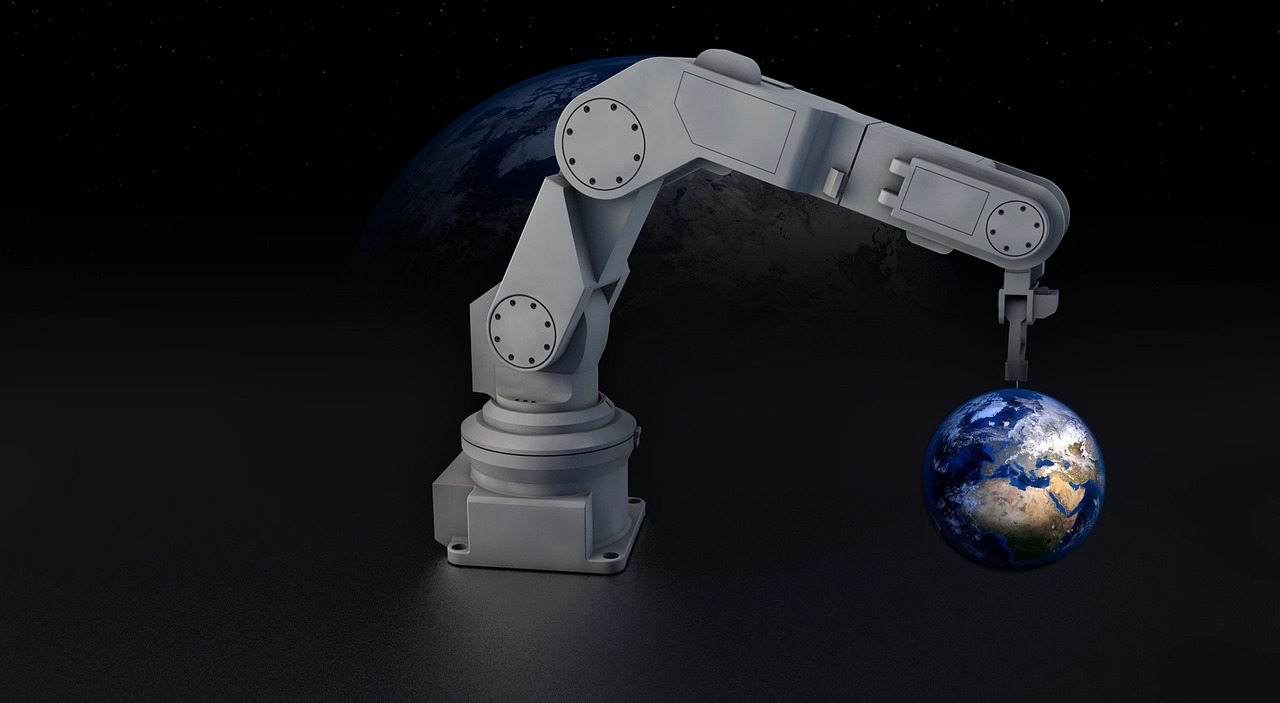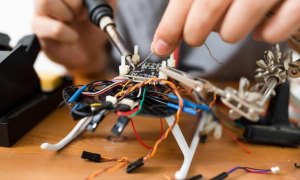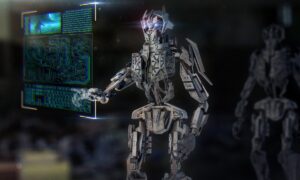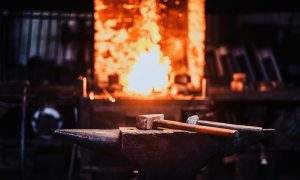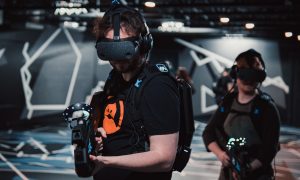The future of robotics is looking bright! What started out as a technology used mainly in manufacturing and industrial settings is now becoming more and more prevalent in our everyday lives. From self-driving cars to robotic assistants, it seems like there’s nothing that robotics can’t do. In this blog post, we will take a look at some of the most exciting developments in the world of robotics and what you can expect in the coming years. Stay tuned!
What Is Robotics?
robotics is the branch of technology that deals with the design, construction, operation, and application of robots, as well as computer systems for their control, sensory feedback, and information processing. Robotics is related to the sciences of electronics, engineering, mechanics, and software. There are major fields of robotics and they are widely used in manufacturing, assembly, packaging, transport, earth and space exploration, surgery, weaponry, laboratory research, safety, and mass production of consumer and industrial goods. The term robotics was coined by the science fiction writer Isaac Asimov in his 1941 short story “Runaround.” robotics have been used in a wide range of fields and applications.
Examples include industrial robotics used for repetitive tasks such as welding or painting in factories; surgical robotics used by surgeons to make them more precise; military robotics used by militaries for carrying out dangerous tasks such as diffusing bombs; domestic robotics used by consumers for cleaning or carrying out other simple tasks; personal robotics wore by individuals or pets to aid or entertain them; educational robotics used by educators to teach children basic programming skills; rescue robotics used by first responders to gain access to people who are trapped; agricultural robotics used on farms to automate tasks such as crop monitoring or harvesting; disaster relief robotics dispatched into areas affected by natural disasters such as earthquakes or hurricanes to assess damage or rescue people who are trapped. As robotic technology advances, so too does the range of applications for robotics.
Why do we need Robotics?
robotics assists users in various tasks and helps to make our work easier. For example, in the area of health care robotics help doctors perform surgeries with more precision. In industrial robotics, machines are used to assemble products with speed and accuracy. Robotics also help explore areas that may be too hazardous for humans like in search and rescue missions or in war zones. They can be used for research purposes in space exploration. All these examples highlight the importance of robotics in our lives. Robotics make difficult tasks easier for us and also help us to explore places that we otherwise would not be able to.
New Technologies in Robotics?
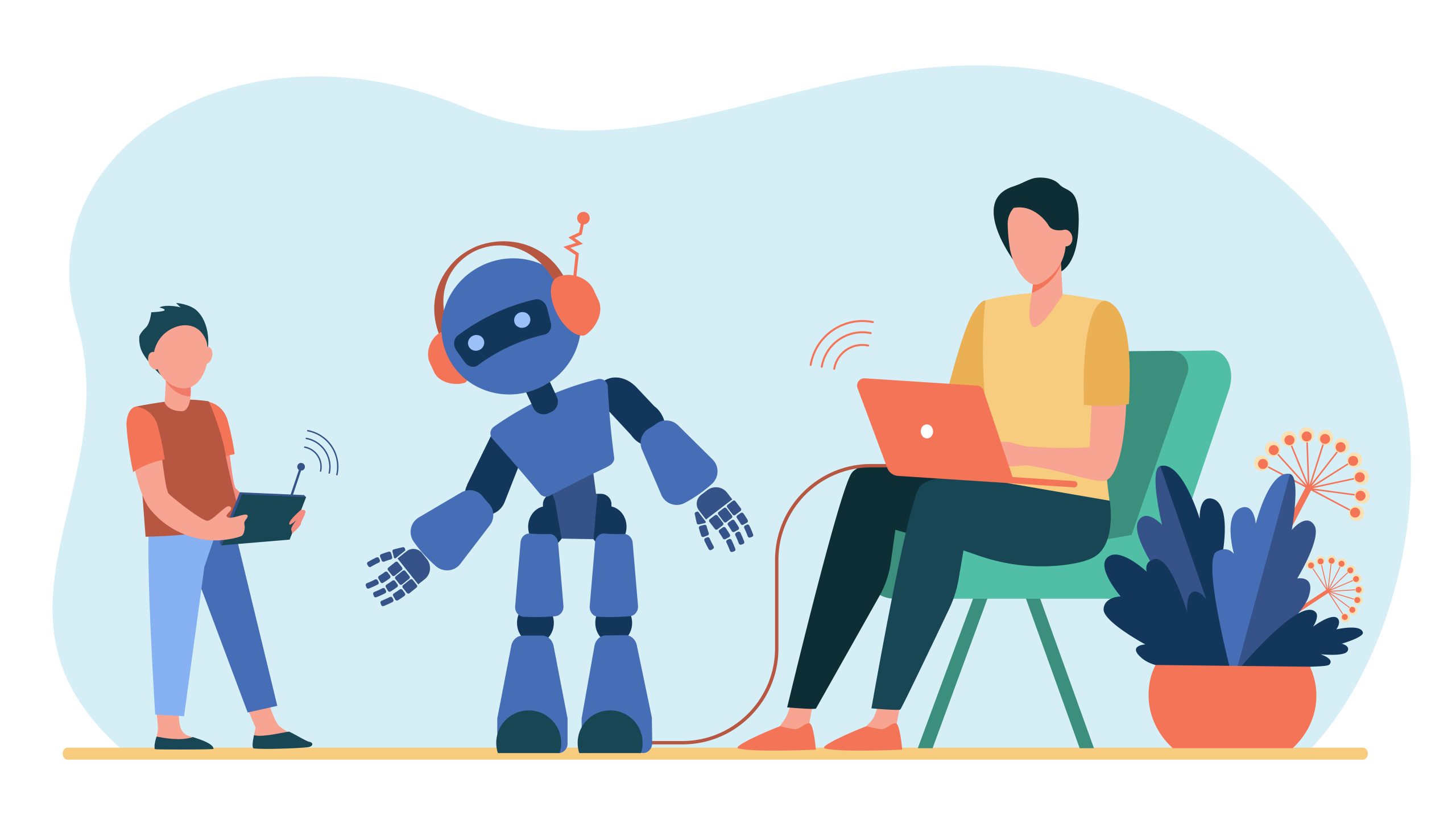
Robotics is an interdisciplinary branch of engineering and science that includes mechanical engineering, electronic engineering, information engineering, computer science, and others. Robotics deals with the design, construction, operation, and use of robots, as well as computer systems for their control, sensory feedback, and information processing. These technologies are used to develop machines that can substitute for humans and replicate human actions. Robotics is widely used in manufacturing, assembly, polymer coating technologies, packing, and transport.
Polymer coatings are used by manufacturers in the moving parts of the machine to reduce friction and are REACH Compliant and manufacturers are using polymer coating technologies in robotics & automation applications. Some of the latest developments in robotics include 3D printing technology and soft robotics. 3D printing technology is used to create prototypes and manufacture parts for robots. Soft robotics is a new field that deals with the development of robots made from flexible materials. This type of robot is able to adapt to its environment and perform tasks that are difficult for traditional robots to do. New technologies in robotics are constantly being developed to make these machines more efficient and effective. The future of robotics looks very promising and exciting.
Future of the Robotics
The future of robotics is both immensely exciting and somewhat uncertain. On the one hand, robots are becoming increasingly advanced, capable of performing a wide range of tasks with precision and speed. In the future, they will only become more capable, and able to handle ever-more complex tasks. On the other hand, it is unclear what impact this increasing automation will have on the workforce. Some believe that robots will eventually replace many human workers, leading to mass unemployment. Others believe that robots will simply augment human workers, making them more productive and efficient. Whatever the case may be, the future of robotics is sure to be fascinating.
One of the most exciting applications of robotics is in the field of healthcare. Robots are already being used to assist surgeons in delicate operations and it is only a matter of time before they become mainstream. In the future, robots will be able to provide personalized care to patients, whether it is providing them with physical therapy or simply offering emotional support.
Another area where robotics is making great strides is in the realm of transportation. there is a lot of contribution from robotics in the automotive industry. Self-driving cars are already a reality and it won’t be long before we see autonomous flying vehicles as well. With these advances, we can expect traffic jams to become a thing of the past! Of course, these are just some of the many ways that robotics will impact our lives in the years to come. What other exciting developments do you think we can expect? Let us know in the comments below!

